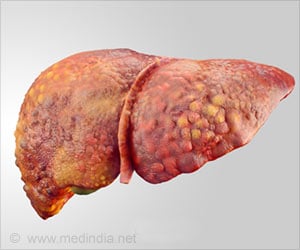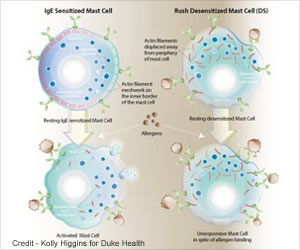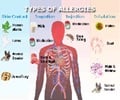
‘Mite allergy develops in childhood like an avalanche. It starts early with only one or a very few molecules and then grows to many.’
Tweet it Now
The scientists found that IgE-antibodies against three dust mite molecules (Der p 1, Der p 2 and Der p 23) appeared very early in the children's blood, often before the onset of their disease. In some (but not all) children, this first step was followed by a "cascade" of events involving other mite molecules, through a phenomenon defined as "molecular spreading". Children producing IgE to many molecules ("polymolecular sensitization") had a higher risk of developing allergic rhinitis and asthma. Earlier onset of allergic sensitization, high exposure to house dust mite allergens, and having one or both parents affected by hay fever increased the risk of polymolecular sensitization. Interestingly, healthy pre-school children showing IgE antibodies to Der p 1 or Der p 23 developed more frequently asthma at school age. These and other molecules may be used for disease prevention in early life and to precisely tailor allergen immunotherapy in pediatric and adult patients.
"Mite allergy develops in childhood like an avalanche. It starts early with only one or a very few molecules and then grows to many", says Dr Daniela Posa, first Author of the publication. "The greater the spreading of molecular sensitization, the highest the risk of developing Asthma." PD. Dr. Matricardi adds: "Our findings open new perspectives to the use of mite allergen molecules for prediction, prevention and therapy of allergic rhinitis and asthma caused or triggered by House Dust Mites."
Source-Eurekalert















